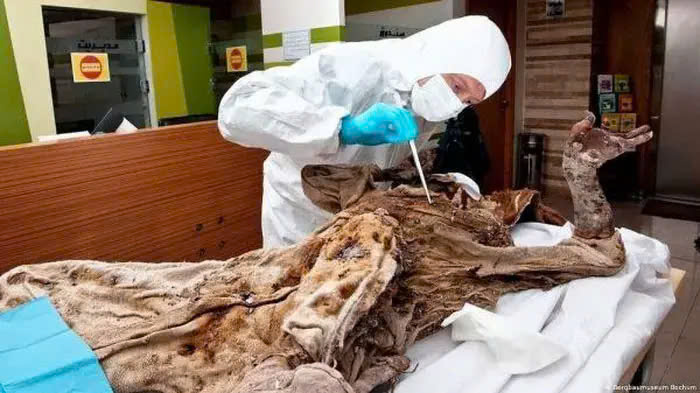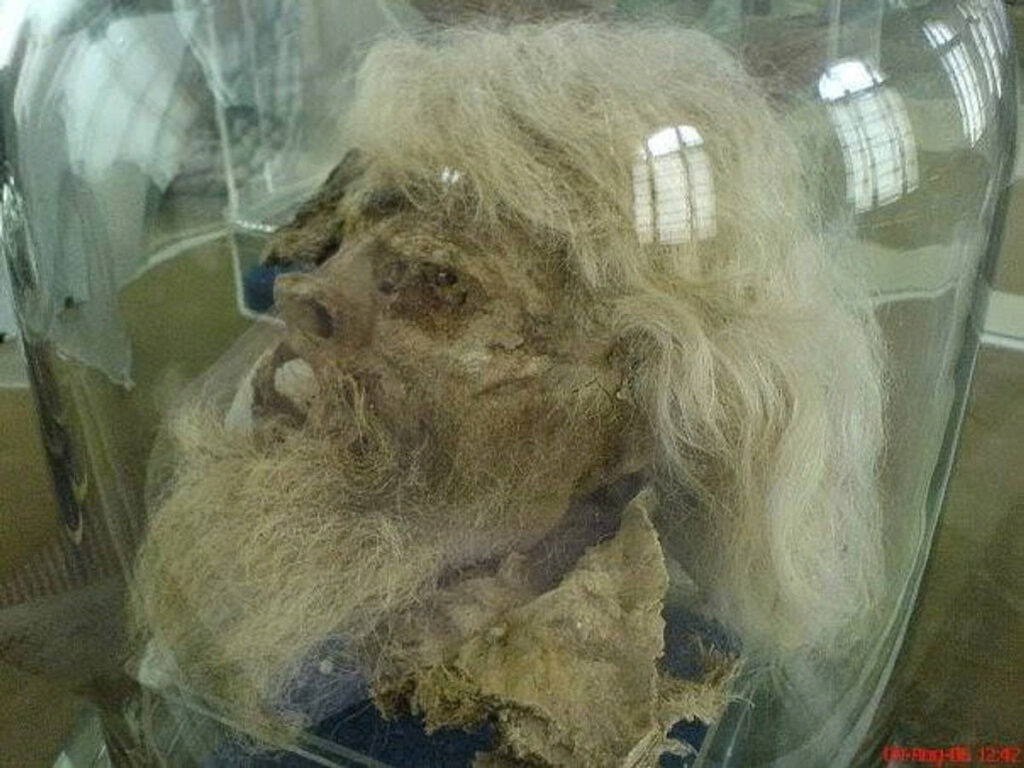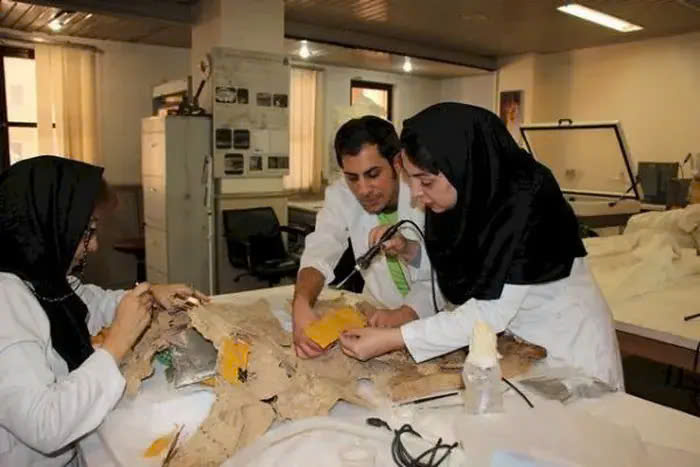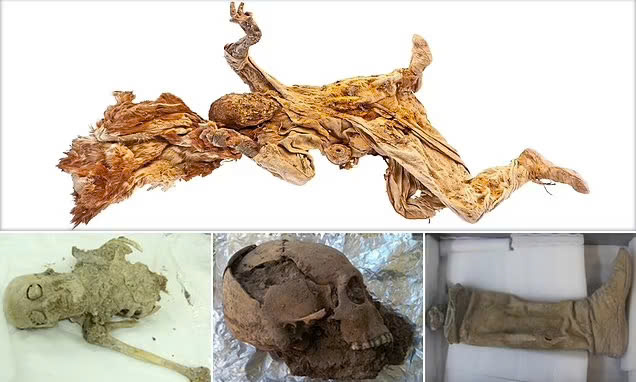Unveiling the Mystery

Deep in the arid landscapes of northwestern Iran, near the village of Hamzelou, lies the Chehrabad salt mine—a site renowned for its rich deposits of rock salt and gypsum, dating back to the Miocene era. However, since 1993, it has drawn international attention for an astonishing reason: the discovery of mummified remains embedded in salt crystals, known as the “Salt Men.” These ancient figures have fascinated scientists and historians alike, leading to the site’s protection under Iran’s Heritage Law in 2009.
The Discovery of the Salt Men
Positioned 75 kilometers northwest of Zanjan, the Chehrabad salt mine rests atop a large salt dome at an elevation of 1,350 meters. Evidence of salt extraction here dates back to four distinct historical periods, including the Achaemenid Empire (6th–4th century BCE) and the Sassanid era (3rd–7th century CE).

The saga of the Salt Men began in 1993 when miners uncovered a well-preserved mummified head, approximately dating to 300 CE. Remarkably intact, the head retained its golden earring, hair, and mustache. This startling find prompted authorities in Tehran to halt mining operations and send a scientific team for further investigation. Subsequent excavations revealed more remains, including a foot still in a leather boot and various artifacts like iron knives, woolen garments, and pottery shards.
Secrets of the Salt Men

Between 2004 and 2010, archaeologists uncovered additional bodies, bringing the total to six, along with numerous tools and artifacts. Dating back around 2,200 years to the first Persian Empire, these individuals are believed to have been miners who tragically perished in accidents.

Supported by the German Research Foundation, systematic excavations from 2010 to 2017 provided insights into ancient mining techniques and confirmed multiple mining accidents in the area. The remains of at least eight individuals have been uncovered, each with a unique story. For instance, the first discovered Salt Man had a blood type of B+ and injuries suggesting he died from a severe head trauma. His clothing and jewelry indicated a high-status life, yet the reason for his presence in the mine remains a mystery.
In contrast, the fourth Salt Man was a 16-year-old boy found crushed in a small cavern, while the fifth had evidence of parasitic worms, marking the first recorded instance of such a parasite in ancient Iran.
Global Fascination

Today, five of the six Salt Men are displayed in museums in Zanjan and Tehran, while one remains in the mine, too fragile to move. Archaeologists believe the bodies did not die simultaneously, with the oldest dating back to 9550 BCE, and suspect that more remains may still lie hidden within the mine.

The Salt Men have captivated global scientific interest, showcasing how salt can preserve bodies as effectively as the desert. The weight of salt collapsed onto the miners, absorbing moisture and naturally mummifying them. Since 2021, the Iranian Center for the Research of Cultural Heritage and Preservation has been restoring and cataloging artifacts from the site, with plans to exhibit them.
Scientists from the University of Zurich have conducted extensive analyses, utilizing X-ray imaging and CT scanning to reconstruct the faces of the Salt Men. Their research offers a rare glimpse into the lives of ancient miners and the harsh realities they faced.

The Salt Men of Chehrabad remain a poignant reminder of human history, providing invaluable insights into the technologies, cultures, and practices of ancient Persia, and holding the promise of revealing even more secrets as research continues.

